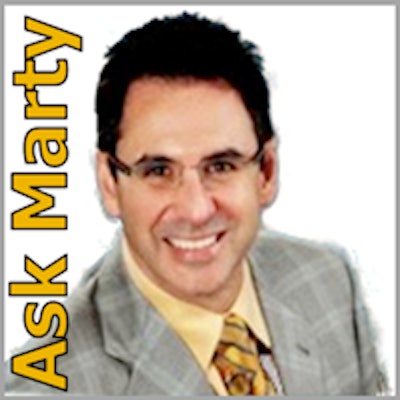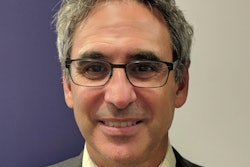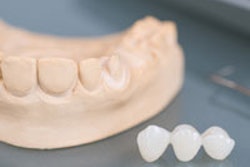
Q: What are your thoughts on the current digital impression and CAD/CAM systems?
A: Digital dentistry is here and now. The use of digital systems to fabricate single-unit crowns and fixed bridgework is increasing. The newest units are in full color and many do not require powder for acquiring the image. The use of color may or may not be a benefit, as in many cases viewing the acquired image in black and white may be better for locating the prepped margin.
Q: Does a large screen monitor make you a better dentist?
A: Viewing your preps on large screen monitors may make you a better dentist; after all, if you cannot see the margin, neither can the laboratory. You can easily check your prep for interarch clearance and view it from various angles in the software.
Q: What are some of the newer units on the market?
A: Dentists may be familiar with the Sirona Omnicam and Align Technology's iTero already. E4D Technologies has released its new Nevo, which is a plug-and-play USB device. Others to consider are the 3Shape Trios, IOS Fastscan from Glidewell Laboratories, and the True Definition Scanner from 3M ESPE. The newest CAD/CAM system comes from Carestream Dental: the CS 3500 scanner and mill. An advantage is that all of the above scanners can transmit the scanned data to the lab for fabricating your restoration of choice.
Q: Will this change prep design?
A: It may, as it is imperative that you can visualize the prep margin with the scanner. Isolation is imperative. In some cases, a conventional impression can be scanned. There are also dedicated impression scanners that are in use at many dental laboratories. These are basically scanning boxes where the impression is secured in the box and the actually impression is digitized.
Q: What about milling?
A: Milling is completely a different story. The well-known systems Cerec from Sirona, E4D, and the new Carestream unit are available. There are many lab mills that are coming to market, which can be used in the dental office, such as Roland and 3Shape. You will have choices as to what mill to use with your scanner; many of these newer mills are less expensive.
There can be issues with using these types of open architecture systems, but they will become more common in the future. None of the in-office mills currently can mill zirconia, so you will primarily be using e.max blue blocks. In-office mills can create excellent restorations when the restorations are designed properly. Just remember there is no one-size-fits-all material for all of restorative dentistry.
Q: Do you have a specific concern with in-office milling?
A: My biggest concern with in-office milling is the cost. With the cost of zirconia crowns being less than $100, the economic viability of in-office milling must be calculated. The number of units needed to justify the expense of the milling machine has increased, not decreased, over time. Do your homework and see if in-office milling makes sense for your office.
Marty Jablow, DMD, lectures and consults extensively about integrating technologies into the modern dental practice (www.dentaltechnologycoach.com). If you have a technology question for Dr. Jablow, send it to [email protected].



















